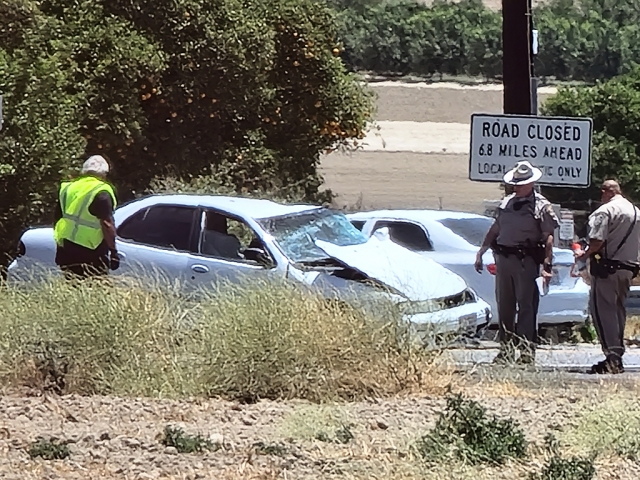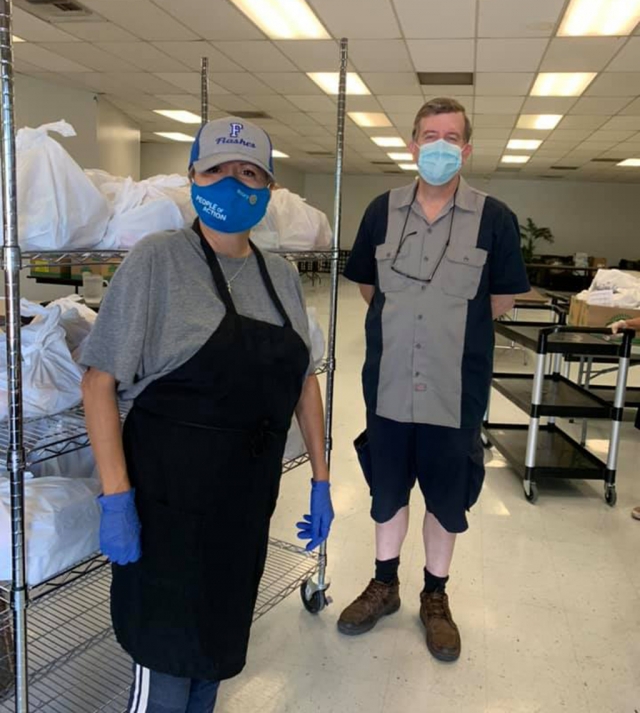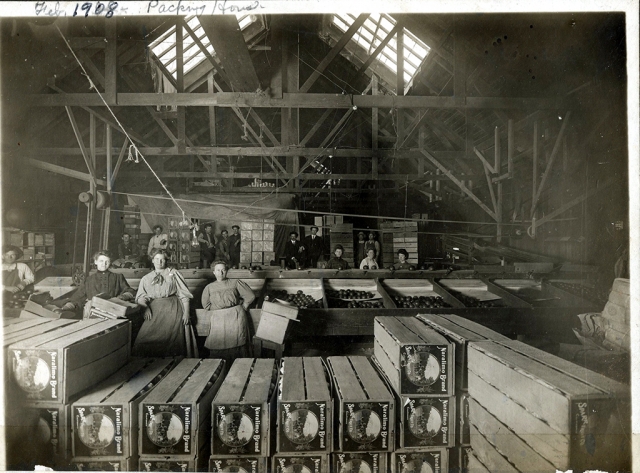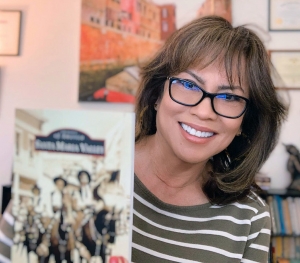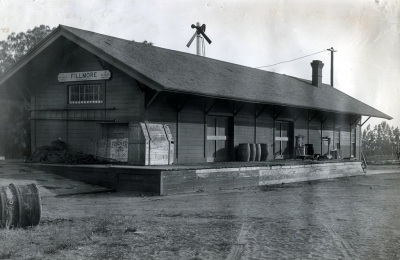|
By Anonymous — Wednesday, June 30th, 2021
A 16-year old Fillmore juvenile male student was arrested after making a threat of having a bomb while on school grounds at Fillmore High School. On 06/29/2021, at approximately 11:11 a.m., patrol deputies responded to Fillmore High School in reference to a bomb threat report. Prior to arrival, it was learned that a known male juvenile used an online communication service and stated that he “had a bomb in his backpack.” With the assistance of staff from the Fillmore Unified School District, students were safely evacuated from the premises and the juvenile was subsequently arrested. The area of concern was searched by investigators from the Fillmore Police Department and the Ventura County Sheriff’s Office Bomb/Arson Unit. The school and surrounding area was deemed safe and no explosive devices were located. The juvenile was booked into custody at the Juvenile Justice Center in Oxnard for violations of making Criminal Threats and a False Report of a Bomb. The juvenile remains in custody with a court date set for July 1, 2021. The identification and apprehension of this individual would not have been possible without alert school officials and the cooperative relationship between the Fillmore Police Department and the Fillmore Unified School District. Nature of Incident: Bomb Threat Ventura County Crime Stoppers will pay up to $1,000 reward for information, which leads to the arrest and criminal complaint against the person(s) responsible for this crime. The caller may remain anonymous. The call is not recorded. Call Crime Stoppers at 800-222-TIPS (8477). |
|
By Anonymous — Wednesday, June 30th, 2021
There will be no Sespe Creek Car Show or Chili Cook-Off in Fillmore on 4th of July. The City of Fillmore will be hosting a fireworks show on Saturday, July 3rd at the Fillmore Middle School baseball field—it is expected to begin at 9pm. Courtesy City of Fillmore. |
|
By Anonymous — Wednesday, June 30th, 2021
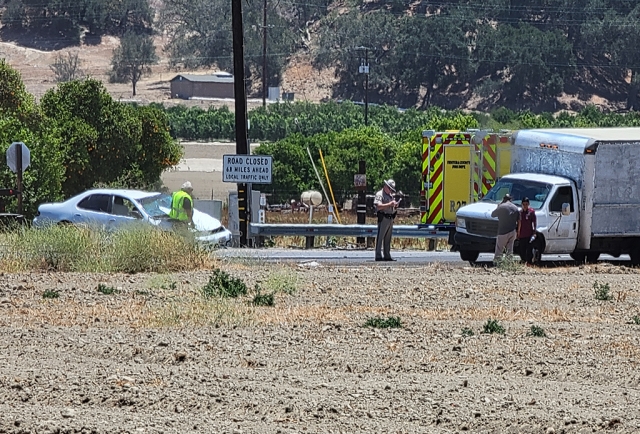 On Friday, June 25th at 12:18pm, Sheriffs and Firefighters responded to a collision on Charmberburg and Guiberson Road in Bardsdale. A white sedan and a white truck collided, causing damage to both vehicles. No further details were given at the time of the accident. Enlarge Photo |
|
By Anonymous — Wednesday, June 30th, 2021
The Ventura County Sheriff’s Office of Emergency Services is in the process of updating the Ventura County Hazard Mitigation Plan (HMP). The plan update is a multi-jurisdictional effort involving over 20 different partners, including all 10 of the County’s incorporated cities, the County’s Watershed Protection District, the Ventura County Office of Education, and the County Fire Protection District. The HMP strives to inventory the natural hazards that Ventura County is most vulnerable to, assess risks to the County’s community members, buildings and critical facilities, and develop a mitigation strategy to reduce the risk of exposure and allow a swift, equitable, and organized recovery should a disaster occur. The County’s most recent HMP was adopted in 2016, but requires updating every five years to maintain federal funding eligibility. The public is invited to learn more about the HMP and opportunities for participation in the update process by visiting www.ReadyVenturaCounty.org. Nature of Incident: Ventura County Hazard Mitigation Plan Update |
|
By Anonymous — Wednesday, June 30th, 2021
 Back in March 2021 construction began at the corner of Ventura & C Street for Fillmore’s soon to be Grocery Outlet. Above is a photo of the building. There are 270+ independently operated Grocery Outlet stores in California, Idaho, Nevada, Oregon, Pennsylvania, and Washington. Enlarge Photo |
|
By Anonymous — Wednesday, June 30th, 2021
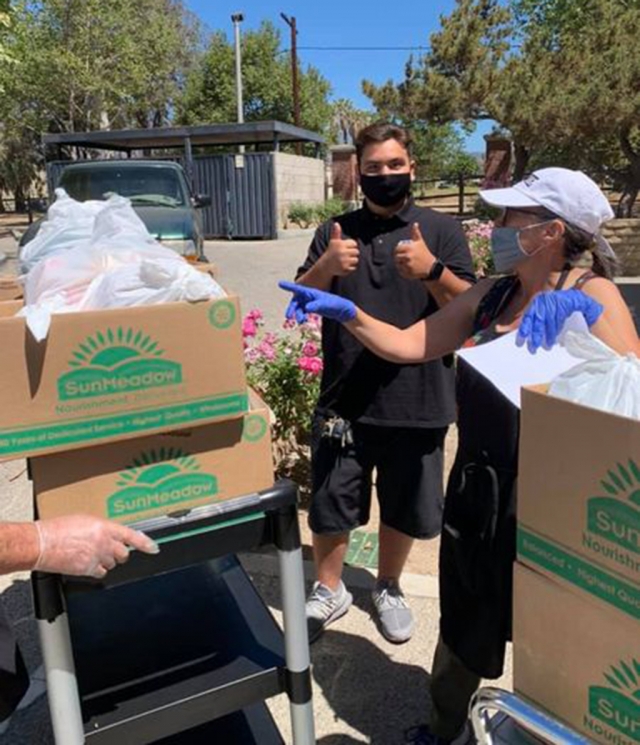 On June 15th Members of Rotary Club of Fillmore and family reached out to deliver meals to those in our community at the Fillmore Active Adult Center. Their help was very much appreciated. Courtesy Rotary Club of Fillmore. Enlarge Photo |
|
By Anonymous — Wednesday, June 30th, 2021
Courtesy Fillmore History Museum Although the Museum was closed for over a year due to the pandemic, we were still available, under COVID-19 restriction guidelines for researchers. During the time we were closed, we had several people conduct research on topics from a possible documentary on the St. Francis Dam Disaster to wanting to know the history of the older home they had just purchased. We are always happy to help people research their ancestry, home, or general history of our area. One of the people who reached out to us was Fillmore resident, Carina Monica Montoya. She told us she was writing a book for Arcadia Publishing on Ventura County and needed photographs and information. Arcadia Publishing’s Images of America series spotlights the history of neighborhoods, towns and cities of local writers and historians by showcasing vintage photographs, some spanning over 100 years. Over several visits to the Museum, we were able to assist Carina in finding photographs and information on Fillmore, surrounding communities, and of Ventura County in general.Our many resources further inspired her to expand the book to include a chapter on disasters that significantly impacted the county but also helped to reshape it. On July 10th, Carina will be at the Southern Pacific Depot in Fillmore for a book signing. Books are currently available on our website gift shop and will be available at the event. Please join us from 1 to 3 pm on Saturday, July 10th for a book signing. |
 As of June 15, California has reopened, with masks no longer required for fully vaccinated persons, with limited exceptions. Above, two posted signs in Fillmore merchant windows. “We’re Following CDC Guidelines” is posted on Baskin-Robbins’ door; “You May Not Enter...” is posted at Super A Market. All businesses should update their postings. Enlarge Photo By Anonymous — Thursday, June 24th, 2021
Note: This guidance took effect on June 15, 2021 and will supersede all prior face coverings guidance. The COVID-19 vaccines are effective in preventing infection, disease, and spread. Unvaccinated persons are more likely to get infected and spread the virus which is transmitted through the air and concentrates indoors. About 15% of our population remains without the option for vaccination (children under 12 years old are not yet eligible) and risk for COVID-19 exposure and infection will remain until we reach full community immunity. The purpose of this guidance is to align with CDC recommendations and provide information about higher risk settings where masks are required or recommended to prevent transmission to persons with higher risk of infection (e.g., unvaccinated or immunocompromised persons), to persons with prolonged, cumulative exposures (e.g., workers), or to persons whose vaccination status is unknown. When people who are not fully vaccinated wear a mask correctly, they protect others as well as themselves. Consistent and correct mask use by people who are not fully vaccinated is especially important indoors. GUIDANCE FOR INDIVIDUALS Additionally, masks are required for unvaccinated individuals in indoor public settings and businesses (examples: retail, restaurants, theaters, family entertainment centers, meetings, state and local government offices serving the public). For additional information, individuals should refer to CDC Recommendations for Safer Activities. State of California—Health and Human Services Agency |
|
By Anonymous — Thursday, June 24th, 2021
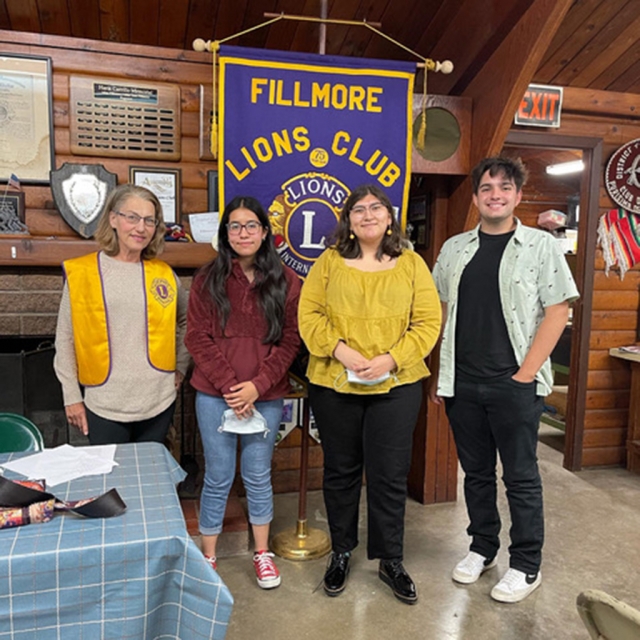 On Monday, June 7th, the Fillmore Lions Club had the honor of awarding Mariam Bazurto, Bryan Magana, and Wendy Aparicia their annual high school scholarships. Emma and Alyssa Ocegueda were also awarded scholarships but are not pictured. Congratulations to the scholarship recipients and all other graduates! Courtesy Fillmore Lions Club. Enlarge Photo |
|
By Anonymous — Thursday, June 24th, 2021
 4th of July is around the corner, and you may have noticed the fireworks booths popping up around town. Fireworks sales may occur within the Fillmore City limits from Monday, June 28th at twelve o’clock noon through Monday, July 5th at twelve o’clock noon. All booths support local non-profit organizations. Enlarge Photo |




